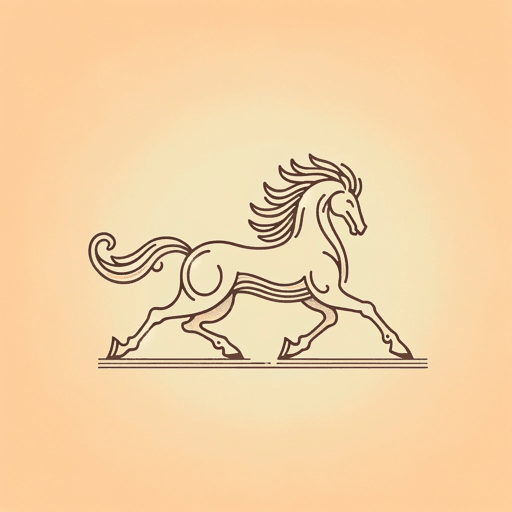72 pages • 2 hours read
Ludovico AriostoOrlando Furioso
Fiction | Novel/Book in Verse | Adult | Published in 1532A modern alternative to SparkNotes and CliffsNotes, SuperSummary offers high-quality Study Guides with detailed chapter summaries and analysis of major themes, characters, and more.
Symbols & Motifs
Arms, Armor, and Arming Sequences
In the chivalric romance genre, arms, armor, and arming sequences are important motifs. Magic swords aid both Orlando and Ruggiero; they are important enough to get origin stories that rival those of human characters. For instance, Ruggiero’s sword is named Balisard, and was “fashioned by Falerina” (493). Ruggiero “knew the capability of his sword from long experience of using it: where Balisard fell, no enchantment could resist it—spells became powerless and inoperative. Therefore he took care to present neither the edge nor the point of his sword” (437) in many fights against Marfisa (his sister), Bradamant (his beloved), and Bradamant’s many family members.
Armor also plays a key role in protecting knights and connecting Ariosto’s poem to one of his inspirations—the Iliad. The armor of Homer’s hero Hector is worn by Mandricard for most of Orlando Furioso. When he fights Rodomont, the knights are evenly matched, “thanks to the protection of Hector’s armour” (294). After Ruggiero kills Mandricard, Ruggiero takes the armor, wearing “the helmet, celebrated in a greater poem, which the Trojan Hector wore a thousand years before” (463).
Arming sequences are a recurring motif in chivalric romances.
Featured Collections
Challenging Authority
View Collection
European History
View Collection
Fate
View Collection
Feminist Reads
View Collection
Good & Evil
View Collection
Italian Studies
View Collection
Loyalty & Betrayal
View Collection
Memorial Day Reads
View Collection
Mental Illness
View Collection
Military Reads
View Collection
Novels & Books in Verse
View Collection
Power
View Collection
Revenge
View Collection
School Book List Titles
View Collection
Valentine's Day Reads: The Theme of Love
View Collection
War
View Collection

